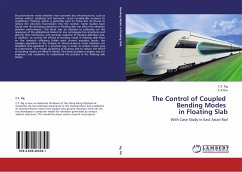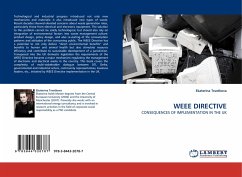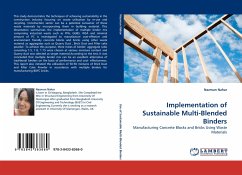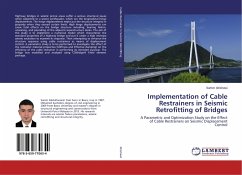
Implementation of Coupled Thermal and Structural Analysis Methods
For Reinforced Concrete Structures
Versandkostenfrei!
Versandfertig in 6-10 Tagen
45,99 €
inkl. MwSt.

PAYBACK Punkte
23 °P sammeln!
Temperature gradient causes volume change in concrete structures. If the movement of the structure is restrained, significant stresses may occur on the structure. These stresses may be so significant that they can cause considerable cracking at structural components of large concrete structures. Thus, during the design of a concrete structure, the actual temperature gradient in the structure should be obtained in order to compute the stress distribution due to thermal effects. This study focuses on the implementation of a solution procedure for coupled thermal and structural analysis with fini...
Temperature gradient causes volume change in concrete structures. If the movement of the structure is restrained, significant stresses may occur on the structure. These stresses may be so significant that they can cause considerable cracking at structural components of large concrete structures. Thus, during the design of a concrete structure, the actual temperature gradient in the structure should be obtained in order to compute the stress distribution due to thermal effects. This study focuses on the implementation of a solution procedure for coupled thermal and structural analysis with finite element method for such structures. For this purpose, first transient heat transfer analysis algorithm is implemented to compute the thermal gradient occurring inside the concrete structures. Then, the output of the thermal analysis is combined with the linear static solution algorithm to compute stresses due to temperature gradient. As a case study, the top floor of two L-shaped reinforced concrete parking structure and office building are analyzed. The differences in the stress distribution of the slabs and the internal forces of the vertical structural members are discussed.












